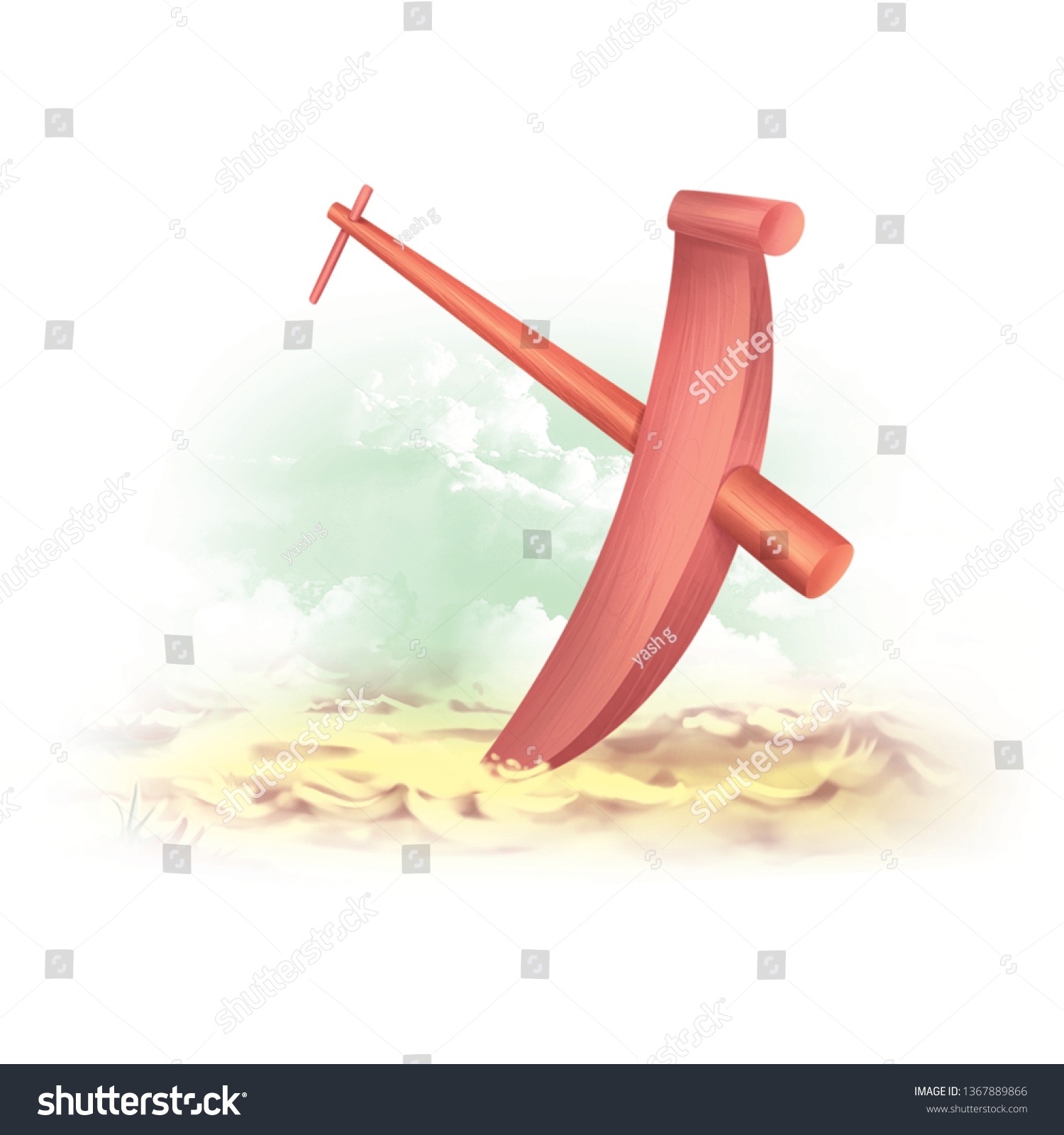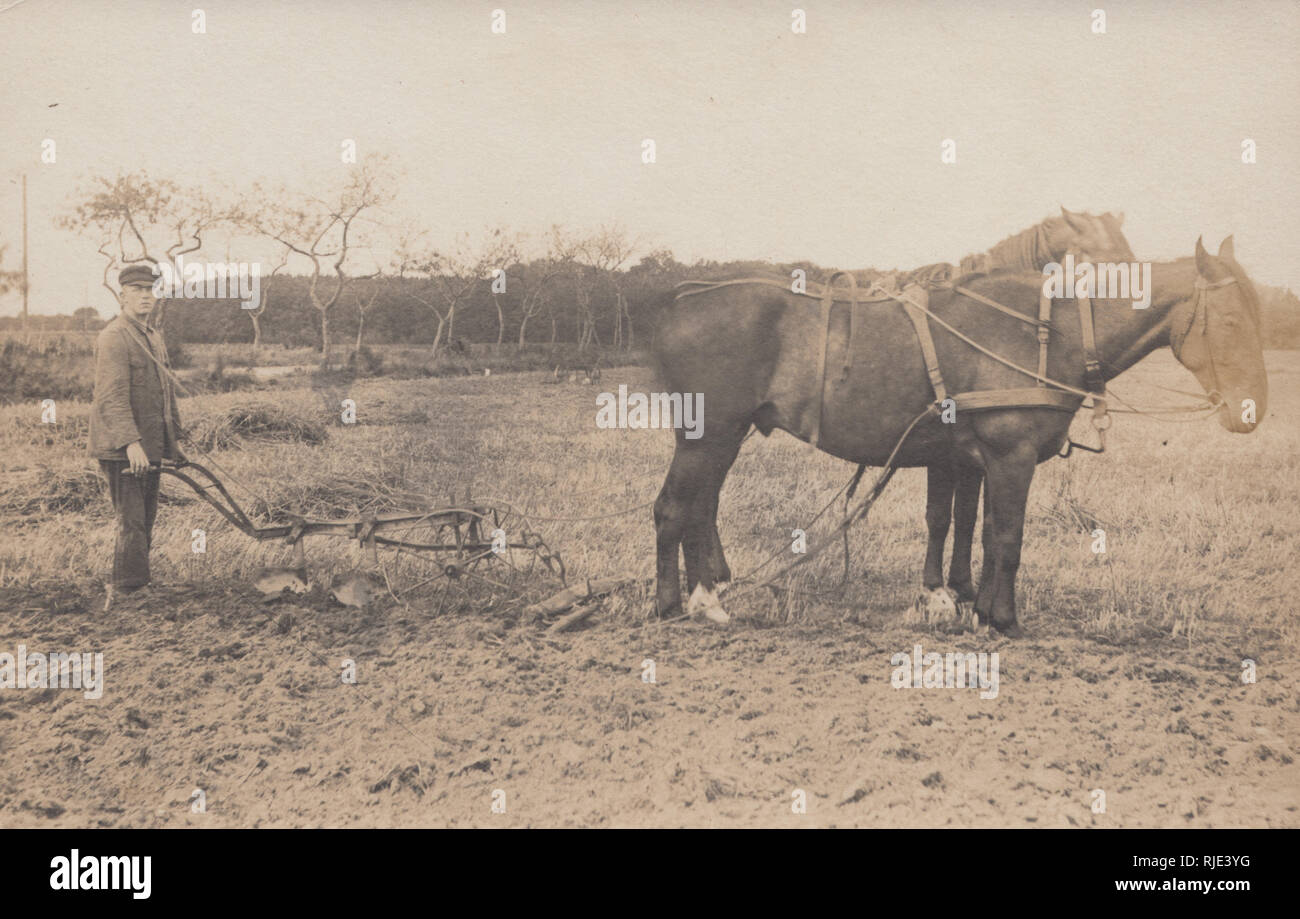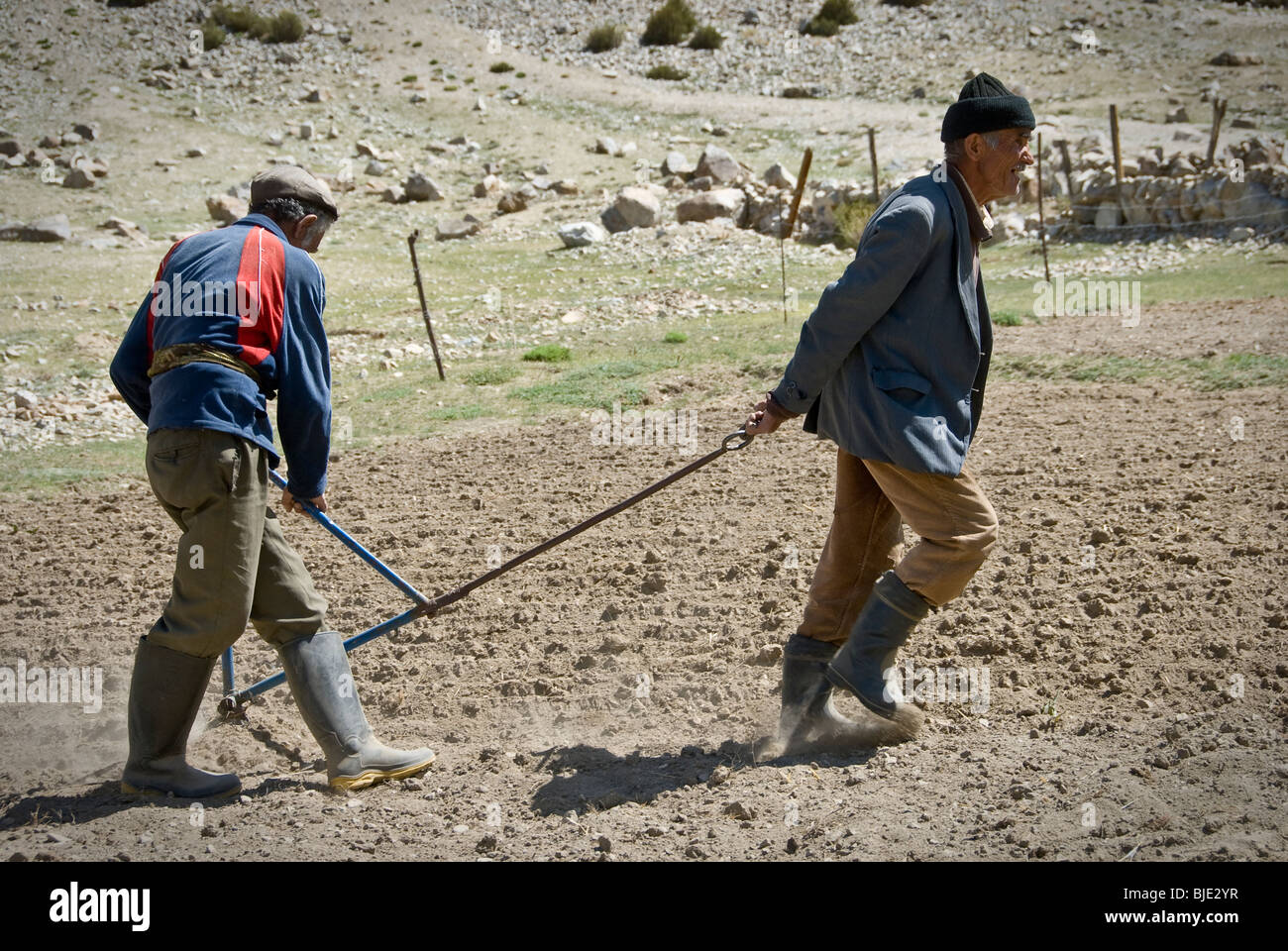Ploughing Tools - Preparing Earth For New Beginnings
You know, when we think about how our food grows, or even just how a garden comes to life, the very first step often involves getting the ground ready. It’s a bit like preparing a cozy bed for something precious, isn’t it? At the heart of this initial work, there are some very special pieces of farm equipment, often called ploughing tools. These aren't just any old implements; they are the things that help turn and loosen the soil, making it just right for seeds to find a home or for young plants to really settle in and grow strong. It’s a fundamental part of making the earth ready for what comes next, you see.
This idea of preparing the soil, of turning it over, has been around for a very long time, actually. Before we had big, rumbling machines, people used animals, like sturdy oxen or strong horses, to pull these tools through the earth. It was a slow, steady process, but it was absolutely vital for farmers trying to grow enough food to feed their families and communities. The simple act of moving the earth around, bringing fresh soil to the top and burying old bits, really does set the stage for a good harvest, more or less.
So, these tools, the ploughs, they're not just about digging. They are about creating a perfect environment for new life. They help the ground breathe, they mix things up, and they clear the way for tiny seeds to sprout and flourish. It’s a practice that connects us to generations of farmers who understood the deep importance of working with the earth, making sure it was ready to give back. It's a really interesting thing to think about, how something so seemingly simple has such a huge impact, isn't it?
Table of Contents
- What Are Ploughing Tools, Anyway?
- The Core Idea Behind Ploughing Tools
- How Have Ploughing Tools Changed Over Time?
- From Animal Power to Modern Ploughing Tools
- Why Do We Use Ploughing Tools?
- The Benefits of Using Ploughing Tools for Soil
- What's the Difference Between Ploughing Tools and Other Land Prep?
- Ploughing Tools Versus Harrowing
What Are Ploughing Tools, Anyway?
When someone mentions "ploughing tools," what comes to your mind, I wonder? At its heart, a plough is a kind of farm instrument, a piece of gear designed specifically to work the ground. Its main job is to loosen up the earth or gently flip it over. This action happens right before someone decides to put seeds in the ground or plant young starts. It's a fundamental step in getting the soil just right for whatever you plan to grow there, you know. Think of it as giving the earth a good stretch and a bit of a shake-up before it gets to work supporting new life.
The Core Idea Behind Ploughing Tools
The whole point of using ploughing tools, or what some folks call tilling, is to turn and loosen the very top layer of the soil. This process is about getting the ground truly ready for planting crops. It’s a practice that goes way, way back in time, stretching into historical eras. The plough has always been there, performing this important task. The goal, typically, is to lift a piece of earth, maybe about eight inches deep and a foot wide, and then gently flip it over, like turning a pancake, a full 180 degrees. This action helps to bury any old plant bits or unwanted weeds right into the ground, so they become part of the soil itself. It's quite a clever way to manage things, really, making sure the surface is clean and ready for new seeds.
How Have Ploughing Tools Changed Over Time?
It’s pretty fascinating to think about how these vital pieces of farm equipment have evolved, isn't it? For a very long time, as I was saying, ploughs relied on the strong pull of animals. Imagine a quiet field, perhaps with the sun rising, and a farmer guiding a team of oxen or a pair of horses, slowly, steadily moving across the land. This was the scene for thousands of years, the primary way farmers prepared their ground for sowing seeds. It was a very hands-on, physically demanding kind of work, but it got the job done. The pace of life, you could say, was a bit different then, too.
From Animal Power to Modern Ploughing Tools
Over the years, things changed quite a bit. While the basic purpose of ploughing tools stayed the same – to turn and break up the earth, to bury leftover crop bits, and to help keep unwanted plants in check – the way we powered them shifted. The very first versions of the plough, the ones that came before what we recognize today, were much simpler, of course. But as time moved on, and as people discovered new ways to make things work, we saw a move away from animal power. Today, you’re more likely to see a large machine, maybe a tractor, doing the pulling. This change has meant that farmers can work much bigger areas of land, and perhaps do it a little faster, too. It’s a big leap from those early days, virtually.
Why Do We Use Ploughing Tools?
So, you might be wondering, with all the different ways to work the land these days, why do we still rely on ploughing tools? Well, there are some very good reasons, actually. This practice, often called cultivation, is about breaking up and turning that first layer of soil. It’s a key step in getting the land ready before you even think about putting anything in the ground. The main goal is to make the soil loose and airy, so it can really soak up air. This fresh air is good for the soil itself, and it’s good for the little creatures that live in it, and ultimately, for the roots of the plants that will grow there. It’s like giving the soil a chance to breathe deeply, you know.
The Benefits of Using Ploughing Tools for Soil
Among all the different tools and methods for preparing land, ploughs really do play a central part in breaking up and turning the earth. They help create what farmers call a "seedbed." This is basically a suitable spot for seeds to grow their very best. When the soil is properly prepared with ploughing tools, it means the tiny seeds have a much better chance of sprouting and developing strong roots. This leads to better growth for the crops overall. It’s a bit like getting a comfortable bed ready for a baby; you want it to be soft and welcoming. This piece of farming equipment, the conventional plough, has been an important part of farming for thousands of years, allowing people who work the land to cultivate it and get it ready for planting seeds. It’s a very important part of the whole farming process, and still is, sometimes.
What's the Difference Between Ploughing Tools and Other Land Prep?
It’s true that when we talk about getting land ready for planting, you hear about a few different things. Ploughing and harrowing, for example, are two operations that both involve turning the top layer of the soil over. But, and this is a key point, they go about it in different ways and for slightly different reasons. Ploughing, as we’ve been discussing, is about turning over that top layer of soil to let air into it and prepare it for planting. It’s a deeper, more significant turning of the earth, you see. This action really does open up the soil, giving it a chance to refresh itself.
Ploughing Tools Versus Harrowing
So, while both ploughing tools and harrowing tools work the soil, the depth and purpose are distinct. Ploughing is the action of flipping over the top layer of the earth, making sure it gets a good dose of air and is ready for planting. This is a very important step in the whole farming process, as it truly allows the crops to get the best start possible. Harrowing, on the other hand, usually involves a lighter touch. It’s more about smoothing out the soil surface, breaking up clods, and perhaps covering seeds after they've been sown. It’s like the finishing touches after the main work of the ploughing tools has been done. Both are useful, but they do different jobs, as a matter of fact.
To recap, we’ve talked about how ploughing tools are farm instruments used to loosen and turn the soil before putting in seeds or plants. We explored their historical role, noting how they were traditionally pulled by animals before modern changes. The main purpose of ploughing is to turn over a specific piece of earth, burying old plant material and weeds, and preparing a good spot for new growth. This practice helps to break up and aerate the soil, making it ready for cultivation. We also looked at how ploughing differs from harrowing, with ploughing focusing on deeper soil turning for aeration and seedbed creation, while harrowing is more about surface preparation. These tools have been a central part of farming for a very long time, helping farmers get their land ready for successful harvests.

4,649 Ploughing tools Images, Stock Photos & Vectors | Shutterstock

Ploughing tools hi-res stock photography and images - Alamy

Ploughing tools hi-res stock photography and images - Alamy